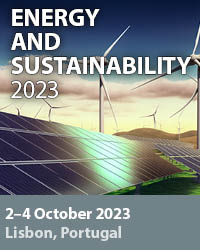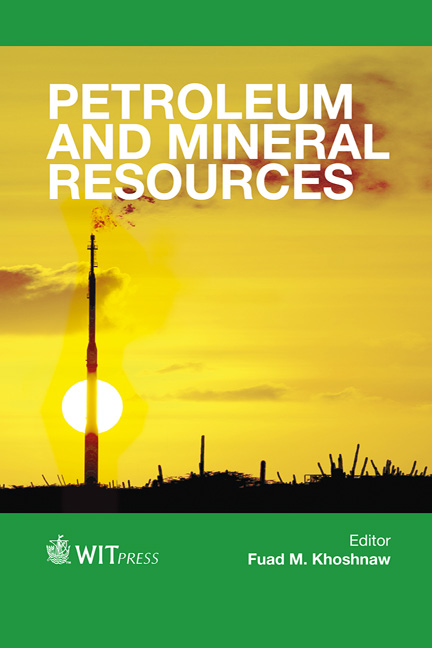Numerical Simulations Of CO2 Injection Into A Porous Sandstone Formation
Price
Free (open access)
Transaction
Volume
81
Pages
11
Page Range
59 - 69
Published
2012
Size
1,134 kb
Paper DOI
10.2495/PMR120061
Copyright
WIT Press
Author(s)
J. Cole & V. Rasouli
Abstract
CO2 is sequestered in geological formations by three trapping mechanisms: solubility, mineral and hydrodynamic trapping. This is to capture and securely storage the CO2 emissions produced by human activities from reaching the atmosphere. For this to happen the injectivity of the formation needs to be evaluated, for which formation permeability and flow properties are important factors to be determined. Also, relative permeability and residual saturation should be estimated when two phase flow is injected, e.g. brine and CO2. In this paper it was attempted to simulate numerically a core flooding lab experiment conducted to investigate injectivity of a sandstone sample. The experiment consisted of primary drainage displacement (brine displaced by CO2) followed by primary imbibition (CO2 displaced by brine) flood. The production profiles at both injection phases were estimated and the differential pressure across the sample was recorded. ANSYS software was implemented in this study to construct a 3D core sample with similar size to the one tested in the lab. A fine grid mesh was generated for the model. Both injection phases were simulated numerically using the lab data. The pressure drop across the sample and the velocity profiles were extracted. Also, the relative permeability of the two phases was estimated. The results showed a fairly good agreement with those obtained from the lab experiments. The results are presented and interpreted. Keywords: CO2, modelling, relative permeability, ANSYS, CFX.
Keywords
CO2, modelling, relative permeability, ANSYS, CFX.





